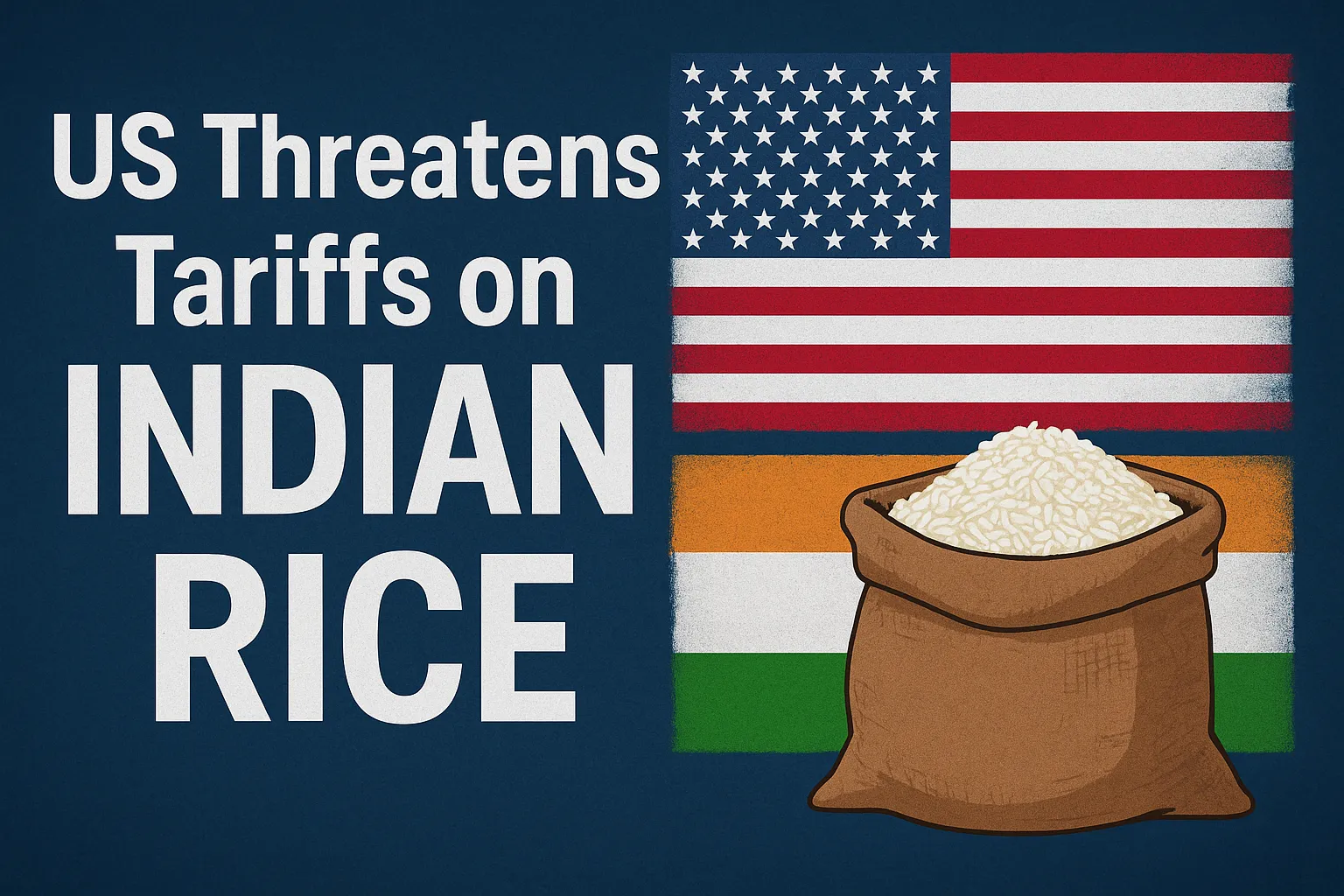
हिंदी में पढ़ने के लिए मेनू बार से हिंदी भाषा चयन करें।
In India, Initial Public Offerings (IPOs) are one of the most important ways for companies to raise funds from the public. Recently, the Securities and Exchange Board of India (SEBI) introduced significant changes to IPO regulations. These new rules especially benefit large companies and also open new opportunities for investors.
Key Highlights of SEBI’s New IPO Rules
1. Relaxation in Minimum Public Offer (MPO)
- Earlier, companies had to offer at least 5% of their shares in an IPO.
- Now, if a company’s post-IPO market cap is above ₹5 lakh crore, it only needs to offer 2.5% of shares.
- This means large companies can go public without selling too many shares.
2. Extended Timeline for Minimum Public Shareholding (MPS)
Previously, companies had to quickly increase their public float to 25%.
Under the new rule:
- If public shareholding at the time of listing is less than 15%, it must be increased to 15% within 5 years and to 25% within 10 years.
- If it is already above 15%, then it must be increased to 25% within 5 years.
Companies now get more time to meet public shareholding norms.
3. Changes in Anchor Investor Norms
Earlier, anchor investors had limited participation. Now, insurance companies and pension funds are also included as anchor investors. The reserved portion for anchor investors has been increased to 40%.
This will strengthen institutional participation and investor confidence in IPOs.
4. Simplified Rules for Foreign Portfolio Investors (FPIs)
- SEBI has launched a single-window framework called SWAGAT-FI.
- This makes it easier for foreign funds such as sovereign wealth funds and pension funds to participate in IPOs.
- KYC and registration requirements have also been simplified.
5. Different Rules Based on Market Cap
- Dilution requirements now depend on company size:
- Above ₹5 lakh crore → At least 2.5% dilution or ₹15,000 crore.
- ₹1–5 lakh crore → Around 2.75% dilution or at least ₹6,250 crore.
Impact on Companies
- Large firms (like Reliance Jio or future mega IPOs such as LIC subsidiaries) will find it easier to go public.
- They won’t be forced to sell too many shares initially.
- Listing becomes more flexible and cost-effective.
Impact on Investors
- Retail and institutional investors will see more IPO opportunities.
- Greater anchor investor participation will increase stability and credibility.
- Easier entry for FPIs means higher foreign inflows and liquidity.
Risk Factor
- With lower dilution, fewer shares will initially be available in the market.
- This could reduce liquidity and limit retail investors’ participation in the short term.
Outcome
SEBI’s new IPO rules are designed to make India’s capital markets more attractive and globally competitive.
- Large companies will have smoother access to public listing.
- Institutional and foreign investors will play a bigger role, boosting confidence.
- However, retail investors may face limited share availability at the time of listing.
Overall, these reforms are expected to strengthen India’s IPO market and make it more investor-friendly in the long run.
Source: SEBI




































































